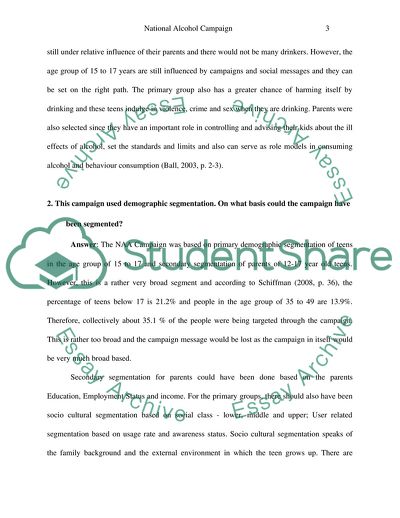Cite this document
(Marketing: National Alcohol Campaign Assignment, n.d.)
Marketing: National Alcohol Campaign Assignment. https://studentshare.org/marketing/1727377-markteing
Marketing: National Alcohol Campaign Assignment. https://studentshare.org/marketing/1727377-markteing
(Marketing: National Alcohol Campaign Assignment)
Marketing: National Alcohol Campaign Assignment. https://studentshare.org/marketing/1727377-markteing.
Marketing: National Alcohol Campaign Assignment. https://studentshare.org/marketing/1727377-markteing.
“Marketing: National Alcohol Campaign Assignment”. https://studentshare.org/marketing/1727377-markteing.


